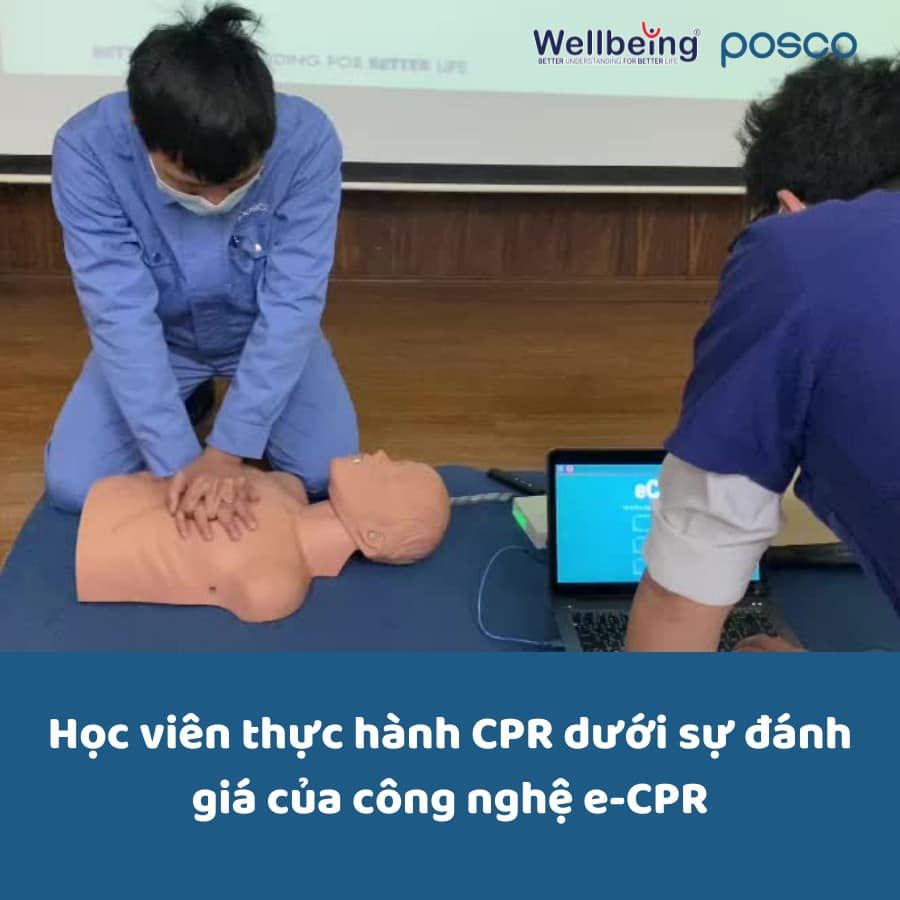IS THE ELECTRIC SHOCK FROM AUTOMATED EXTERNAL DEFIBRILLATOR DANGEROUS? | WELLBEING
An automated external defibrillator (AED) releases a strong electrical current to
Dr. Nguyen Hoang Nguyen | Trainer at First Aid, First Safe Project
WELL-BEING SERVICES JOINT STOCK COMPANY
An AED releases a strong electrical current to suppress abnormal heart rhythms, helping the heart to re-establish the normal heart rate. Is the strong electric shock dangerous to first aiders? Let us find out in the article below.
1. AED usage
AEDs can analyze the activity of the heart in cardiac arrest victims, from which they decicide the next steps. Normally, in an adult (regardless of sex), the electrode pads will be placed as follows: one pad on the right side of the sternum, just below the collarbone,
the other on the left flank. The electric current discharged by the AED has an amperage of 20 amps and a voltage from 750 to 800 volts, with an energy from 150 to 200 joules. The current goes from the right pad to the left one within 0.1 second. Currently, the electric current used in AEDs is mostly 2-phase. 2-phase current has many advantages over 1-phase current. For example, less power is needed, and the chance of injury caused by the current to the victim is less likely to happen. In addition, the rate of success in recovering the effective heart rate for the victim by 2-phase current is 90%, while this rate by single-phase current is only 60%.
2. Is the electric shock from AEDs dangerous for victims and first aid providers?
For the victim, because the current goes to heart through two electrode pads and in a very short time, it is completely safe for the victim. However, the hair on chest, if not shaved prior to using the AED, can be burnt when the current is applied. Therefore, it is essential
to remove the hair on the area before attaching electrode pads to decrease chance of injury to the victim. The compressions need to be achieved quickly with minumum stoppage, to reduce the effect of cardiac arrest on the victim.
One study found that compression stoppage for 13 seconds can reduce blood flowing to the coronary arteries (the blood vessels that feed the heart) by 40%. However, compression stoppage can happen if the first aider does not perform CPR in the right way because if the first aid provider touches the victim while the electric shock is being deliverd, the first aider can faint and become a victim himself.
It is also important to note that we should not touch the victim while the device is working as it can affect the accuracy of analysis by the AED.
Bình luận:
Không có bình luận nào cho bài viết.






.png)
.png)

